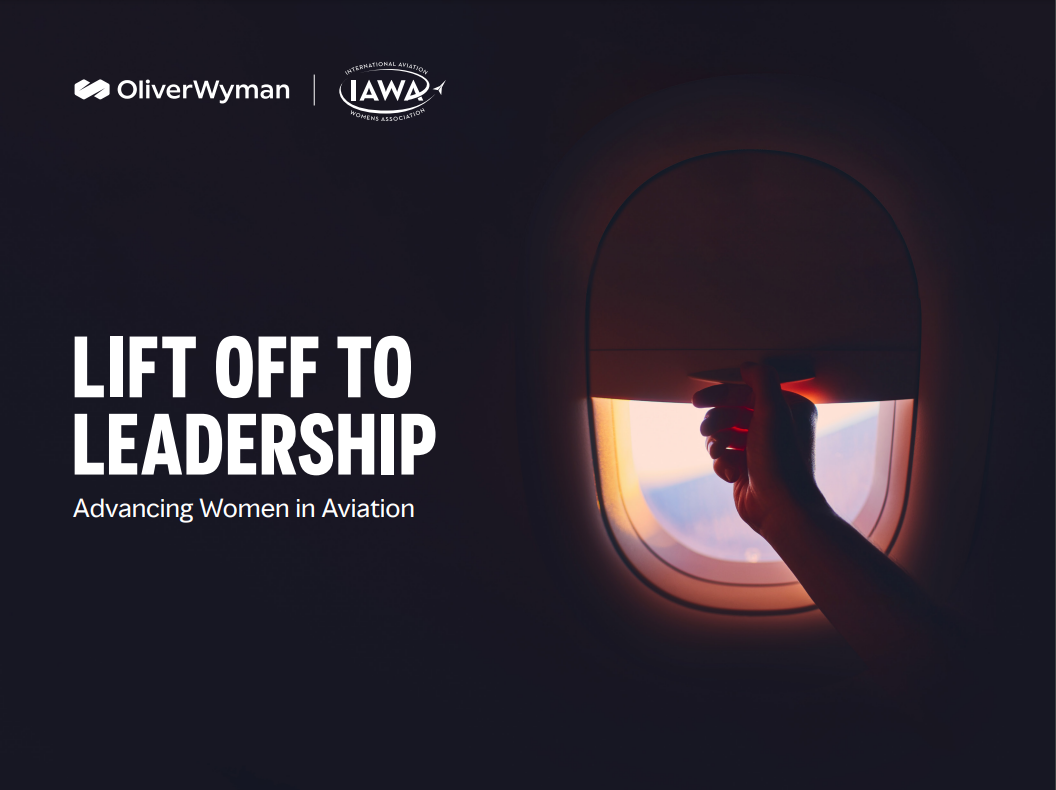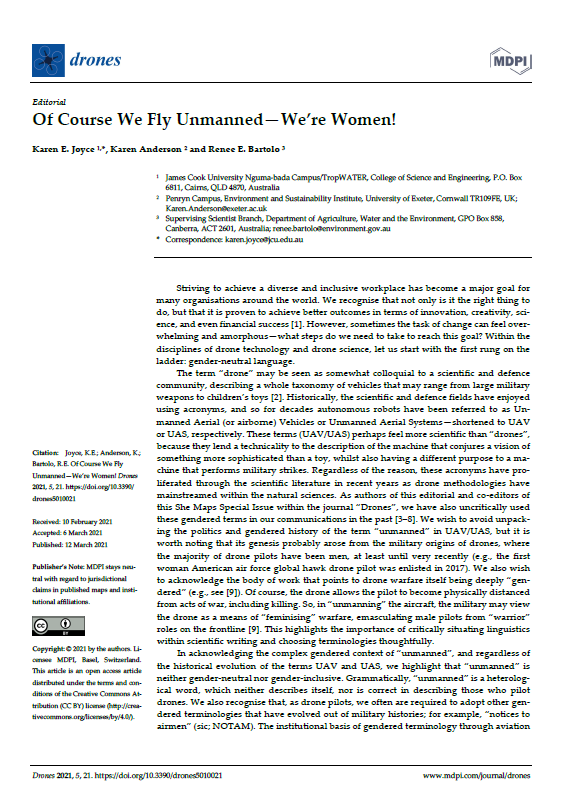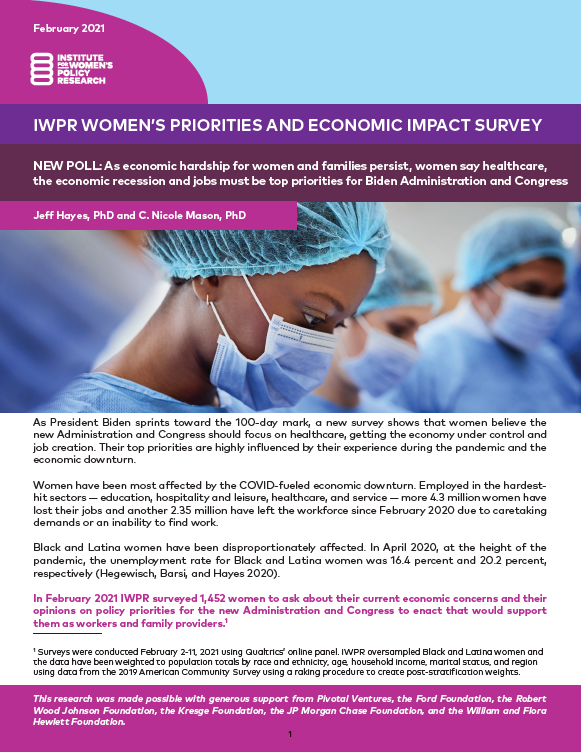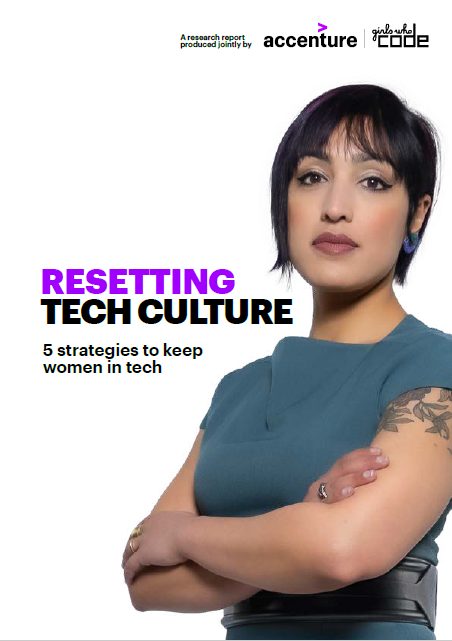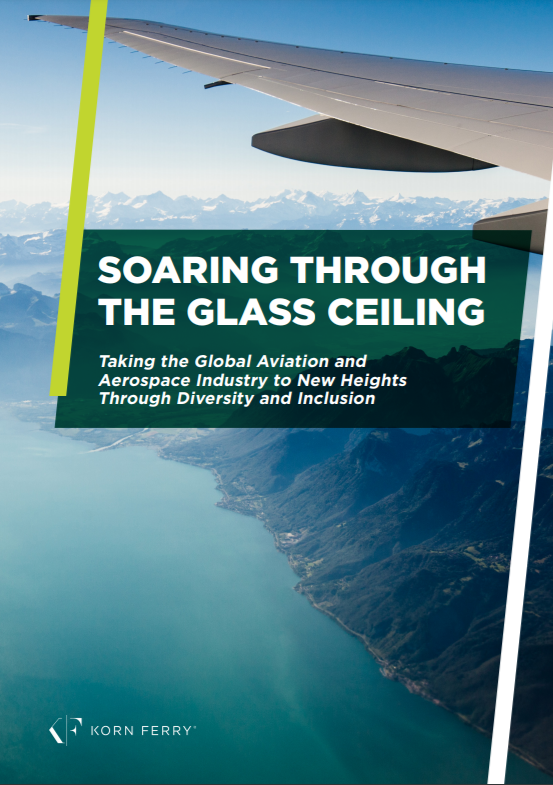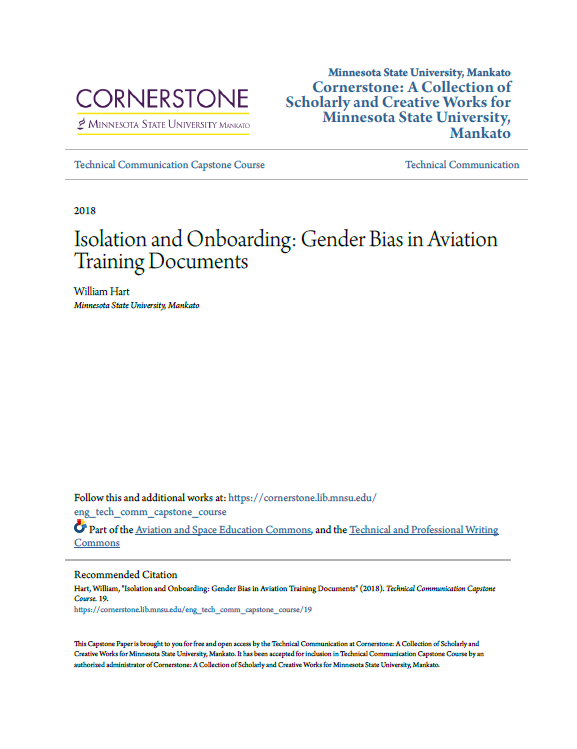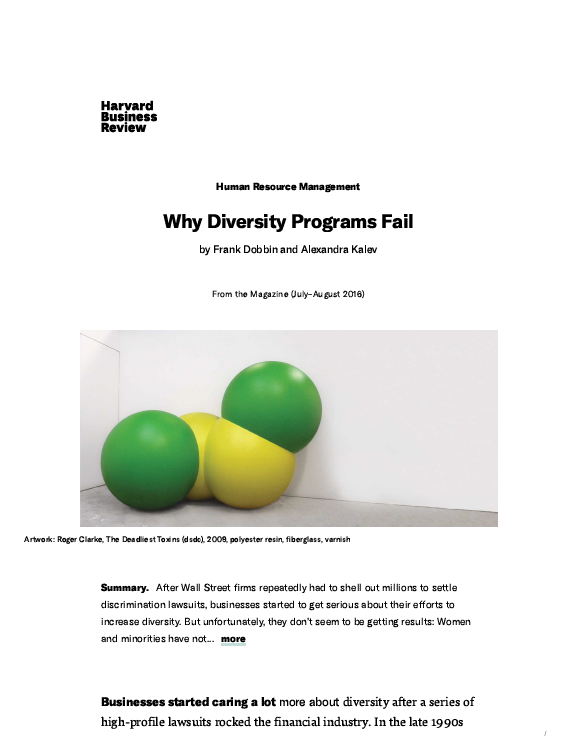Studies
This section is reserved for featuring studies and articles on where the aviation and aerospace industry is with women and the quest of achieving gender balance. This collection of studies and articles are for those seeking information, understanding, or interest in developing change. If you have a study or article that you would like to suggest, please email us at info@iawa.org.
Lift Off to Leadership: Advancing Women in Aviation
By: Oliver Wyman and the International Aviation Womens Association (IAWA)
Published: September 2021
The aviation industry continues to face challenges in attracting and retaining diverse employees. And below the surface, a wider gap exists: A substantial lack of women in leadership positions – an alarming situation that has persisted for far too long. To understand why there are so few women leaders in aviation, Oliver Wyman and the International Aviation Womens Association (IAWA) undertook a survey of 450 women and men in aviation leadership roles and interviewed successful female leaders. This research underscored critical barriers and potential solutions that could help redress the gender imbalance in aviation leadership. Three focus areas stood out in our research: escalating culture change, redesigning systems, and closing the sponsorship gap.
Authors: Karen E. Joyce, Karen Anderson, and Renee E. Bartolo
Published: March 2021
In acknowledging the complex gendered context of unmanned, and regardless of the historical evolution of the terms UAV and UAS, we highlight that unmanned is neither gender-neutral nor gender-inclusive. Grammatically, unmanned is a heterological word, which neither describes itself, nor is correct in describing those who pilot drones. We also recognise that, as drone pilots, we often are required to adopt other gendered terminologies that have evolved out of military histories; for example, notices to airmen (sic; NOTAM). The institutional basis of gendered terminology through aviation authorities is a systemic problem that flows through to government and industry due to its use in legislation and rules, and ultimately academia.
Joyce, K.E.; Anderson, K.; Bartolo, R.E. Of Course We Fly Unmanned—We’re Women! Drones 2021, 21. https://doi.org/10.3390/drones5010021
Click here to view the article, "Of Course We Fly Unmanned -- We're Women!".
Authors: Jeff Hayes, PhD and C. Nicole Mason, PhD
Published: February 2021
As President Biden sprints toward the 100-day mark, a new survey shows that women believe the new Administration and Congress should focus on healthcare, getting the economy under control and job creation. Their top priorities are highly influenced by their experience during the pandemic and the economic downturn. Women have been most affected by the COVID-fueled economic downturn. Employed in the hardest-hit sectors — education, hospitality and leisure, healthcare, and service — more 4.3 million women have lost their jobs and another 2.35 million have left the workforce since February 2020 due to caretaking demands or an inability to find work.
Hayes, J.; Mason, N. IWPR Women's Prioroties and Economic Impact Survey. IWPR 2021. https://iwpr.org/wp-content/uploads/2021/02/100-Days-Survey-FINAL.PUBLIC.pdf
Click here to view the study, "IWPR Women's Priorities and Economic Impact".
By: Accenture & Girls Who Code
Published: 2020
Women have almost caught up to men in the fields of technology,engineering and mathematics, right? You might assume so—but they have actually fallen further behind at the very moment when tech roles are surging and vital to the U.S. economy and its continued leadership around the globe. Unbelievably, the proportion of women to men in tech roles has declined over the past 35 years. And half of young women who go into tech drop out by the age of 35. But we‘ve cracked the code for reversing this troubling trend. We‘ve found that an inclusive culture—one that is not only diverse on paper, but that enables everyone to have a voice—is the master key that unlocks opportunities for women who are studying and working in technology. Our survey of students, employees, senior HR leaders and human resources officers (SHROs*) reveals the specific environmental characteristics that will help women in tech advance and thrive.
Resetting the Tech Culture: 5 Strategies to Keep Women in Tech. Accenture & Girls Who Code. 2020. https://www.accenture.com/_acnmedia/PDF-134/Accenture-A4-GWC-Report-Final1.pdf
Click here to view the 'Resetting the Tech Culture' research report.
Authors: Mar Llados Baeza, Madisen Clark, Ann-Marie Smith, Anne-Marie Taylor
Published: November 2020
For this study,we have set out to build on previous research and gain a deeper understanding of why previous recommendations have either not been adopted or failed to truly move the needle.To gain fresh insight, and learn how similar challenges have been overcome elsewhere, we have also examined the work done by the English Football Association (The FA) to increase support, involvement, and performance within the girls‘ and women‘s game.We found that in the aerospace and aviation sectors, despite much effort to date, there are still clear disparities in people‘s perceptions, lived experiences and opportunities to progress. In many cases, these are gender-related but they also extend to other under-represented groups.
Llados Baeza, M; Clark, M; Smith, A; Taylor, A. Propelling a Gender Balaced Industry. Women in Aviation and Aerospace (WiAA) and Korn Ferry. 2020. https://www.wiaacharter.com/wp-content/uploads/2020/11/Propelling-a-Gender-Balanced-Industry.pdf
Click here to view the 'Propelling a Gender Balanced Industry' report.
By: Aerospace Industries Association, Airlines for America, Airports Council International, Civil Air Navigation Services Organization, International Air Transport Association, International Aviation Womens Association, and Korn Ferry - Civil Aviation and D&I Practices.
Published: December 19, 2019
The 'Soaring Through the Glass Ceiling' study identifies key enablers and inhibitors of women advancing into leadership positions throughout the aviation and aerospace industry. 'Soaring Through the Glass Ceiling' is the first truly international study to explore gender diversity within the industry interviewing 40+ multi-national organizations, collecting 2,400+ responses from four key stakeholder groups and gathering answers from 1,880+ women in aviation and aerospace positions.
Click here to view the 'Soaring Through the Glass Ceiling' study.
Author: William Hart
Published: 2018
There is a growing interest in male-dominated industries and the challenges women face finding their place within the workplace community. Yet, there seems to be little research on how training documents, generally created by technical communicators, may isolate and limit women who seek to pursue careers in these fields. Technical communication and gender scholars have examined women in the technical communication field and gender bias in male-dominated industries but have not yet examined gender stereotypes in training documents. Training documents are designed to provide written instructions and a reference guide for job functions, workplace rules, orientation, and company policies. This is sometimes the first opportunity for an employee to better understand the culture of the company and what it offers.
Authors: Juliet Bourke and Bernadette Dillon
Published: January 2018
While most business leaders now believe having a diverse and inclusive culture is critical to performance, they don't always know how to achieve that goal. Here are eight powerful truths that can help turn aspirations into reality.
Bourke, J; Dillon, B. The Diversity And Inclusion Revolution: Eight Powerful Truths. Deloitte Review. 2018. https://www2.deloitte.com/us/en/insights/deloitte-review/issue-22/diversity-and-inclusion-at-work-eight-powerful-truths.html
Click here to read the article, 'The Diversity and Inclusion Revolution: Eight Powerful Truths'.
Authors: Frank Dobbin and Alexandra Kalev
Published: July 2016
The authors investigated data across three decades from over 800 organizations in the United States and conducted interviews with line managers and executives. Dobbin and Kalev found that control-and-command policies (e.g., regulations) to prevent lawsuits and enhance diversity are largely ineffective and activate bias. Instead of policing employee and manager behavior, institutions should empower employees and managers to participate in building company culture through increasing contact among diverse groups (e.g., targeted college recruitment, mentoring programs), positive messaging around inclusiveness (e.g., seeking employees help in identifying promising employees), and encouraging social accountability in making the workplace more diverse and inclusive (e.g., corporate diversity task forces).
Dobbin, F; Kalev, A. Why Diversity Programs Fail. Harvard Business Review. 2016. https://hbr.org/2016/07/why-diversity-programs-fail
Click here to read the article, 'Why Diversity Programs Fail'.

